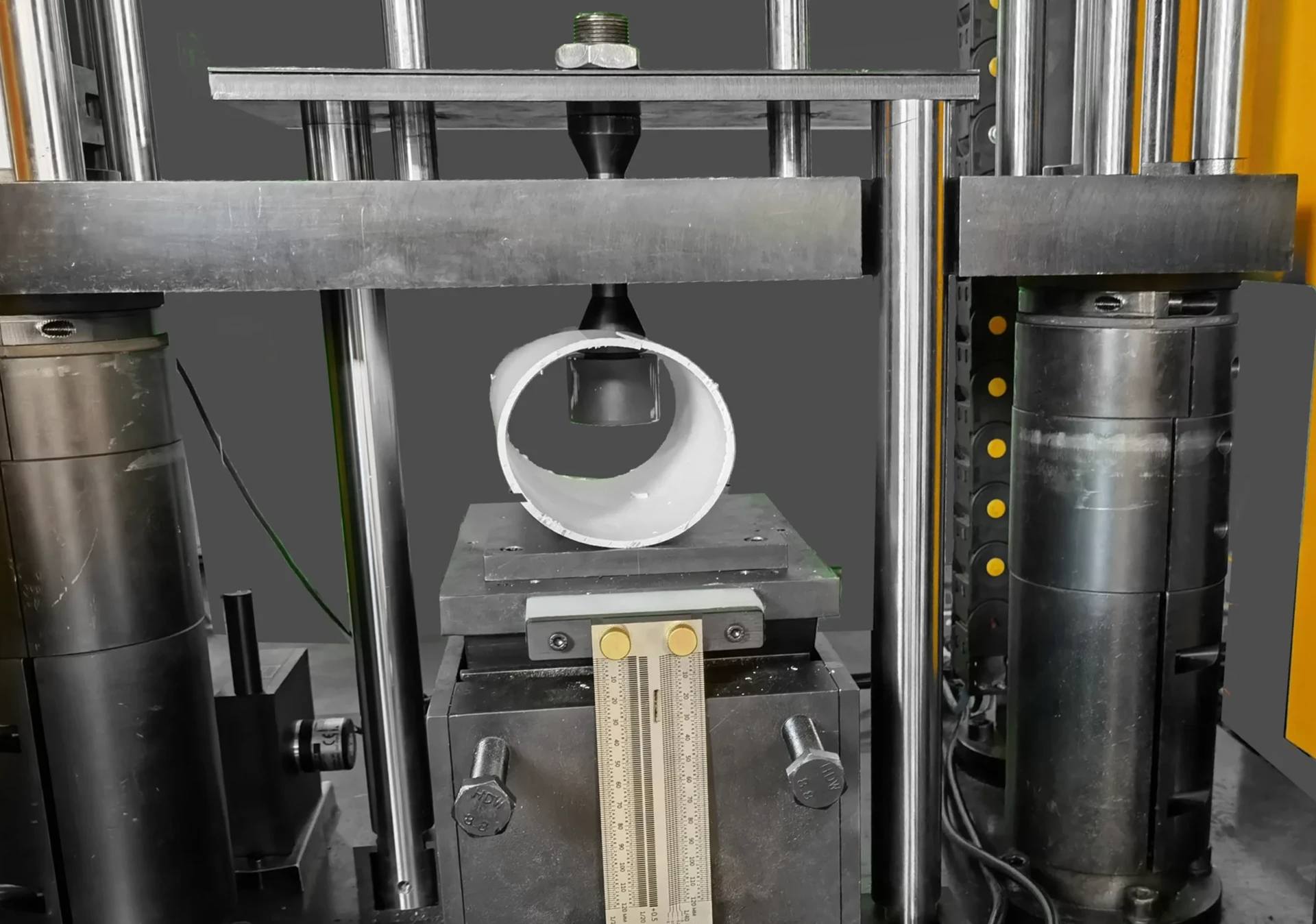ASTM D5276-17 Bottom Drop Test
The ASTM D5276-17 Bottom Drop Test is a critical method used in packaging testing to evaluate the resistance of packages against impacts from falling loads. This test simulates real-world conditions where packaged goods may encounter drops during transportation, handling, and storage. The primary objective of this test is to ensure that the package can withstand such impacts without compromising its integrity or affecting the product's safety.
The ASTM D5276-17 specifies a standardized approach for conducting bottom drop testing using a specified apparatus and methodology. This ensures consistency in testing across different laboratories, which is crucial for accurate and reliable results. The test involves dropping a weight onto a specimen placed on a platform from a specific height. The impact force generated by the drop is measured and analyzed to determine if it causes damage or compromise to the package.
The test setup typically includes a drop tower with a calibrated fall height, a specified type of weight (often a metal cylinder), and a support stand that holds the specimen in place during the test. The specimen, which can be any type of packaging such as cartons, crates, or bags, is placed on the platform at a specific orientation to simulate real-world conditions.
The ASTM D5276-17 Bottom Drop Test has wide-ranging applications across various industries including food and beverage, pharmaceuticals, electronics, and consumer goods. It ensures that packaging materials are robust enough to protect products during distribution and storage, thereby enhancing product safety and customer satisfaction. The test is particularly important for ensuring compliance with international shipping regulations.
The standard specifies the use of a drop height ranging from 12 inches (304.8 mm) to 72 inches (1828.8 mm), depending on the type of package being tested and its intended use. For smaller packages, such as those used in pharmaceuticals or electronics, the lower end of the range is typically used, while larger packages may require higher drop heights.
The test procedure includes several steps to ensure accurate and consistent results. These steps include:
- Calibration of the drop tower apparatus to ensure precise control over the fall height.
- Cleaning and preparing the specimen according to ASTM D5276-17 guidelines.
- Positioning the specimen on the platform in a manner that simulates real-world conditions as closely as possible.
- Ensuring that the weight is correctly selected and positioned for the test.
- Executing the drop, recording the impact force, and assessing the specimen's condition post-drop.
The ASTM D5276-17 Bottom Drop Test is an essential tool in quality assurance programs. By subjecting packages to controlled impacts, it helps identify potential weaknesses or vulnerabilities in packaging design before products reach consumers or end-users. This proactive approach ensures that any necessary adjustments can be made early in the product development cycle.
Understanding the ASTM D5276-17 Bottom Drop Test is crucial for anyone involved in quality management, compliance, and R&D within industries reliant on robust packaging solutions. Proper implementation of this test contributes significantly to maintaining high standards of product safety and satisfaction throughout the supply chain.
Applied Standards
The ASTM D5276-17 Bottom Drop Test is governed by several international standards that provide comprehensive guidelines for conducting such tests. These include:
- ASTM D5276-17: This standard specifies the method for performing bottom drop impact testing of packages.
- ISO 22409:2013: International Organization for Standardization's equivalent standard that also covers bottom drop tests.
- EN 856-1:1997: European Norm that aligns with ASTM D5276-17, providing additional context and requirements applicable to European markets.
- IEC 60453:2002: International Electrotechnical Commission standard for electrical equipment packaging, which includes drop tests as part of its evaluation criteria.
The adoption of these standards ensures that the ASTM D5276-17 Bottom Drop Test is conducted consistently and reliably across different regions. Compliance with these standards not only enhances product safety but also facilitates easier compliance with regulatory requirements in various countries.
Benefits
- Enhanced Product Safety: By subjecting packages to controlled impacts, this test ensures that products remain safe and undamaged during transportation and storage.
- Improved Quality Assurance: The ASTM D5276-17 Bottom Drop Test helps quality managers identify potential issues early in the product development cycle, allowing for timely corrections.
- Compliance with Regulations: Ensuring that packaging meets international standards helps companies avoid penalties and sanctions associated with non-compliance.
- Increased Customer Satisfaction: Robust packaging protects products during transit, leading to higher customer satisfaction and loyalty.
- Economic Efficiency: Early identification of design flaws can prevent costly recalls and repairs down the line.
- Informed R&D: The results from this test provide valuable data for ongoing research and development efforts aimed at improving packaging designs and materials.
The ASTM D5276-17 Bottom Drop Test is an indispensable tool in achieving these benefits, making it a cornerstone of any comprehensive quality assurance program.
Use Cases and Application Examples
| Industry | Description of Package | Test Scenarios |
|---|---|---|
| Food & Beverage | Cartons containing perishable goods like milk or juice. | Testing for durability during handling and storage in cold chain environments. |
| Pharmaceuticals | Bottles of liquid medications packaged in boxes. | Evaluating the robustness of packaging to withstand drops during shipping. |
| Electronics | Cases for mobile devices and laptops. | Ensuring that packages can protect delicate electronic components from impact damage. |
| Consumer Goods | Bags used in retail packaging of household items. | Testing for resistance to impacts during consumer handling at point-of-sale transactions. |
The ASTM D5276-17 Bottom Drop Test is versatile and applicable across numerous industries. The table above provides examples of how this test can be used in different scenarios, highlighting its importance in ensuring product safety and compliance with industry standards.





